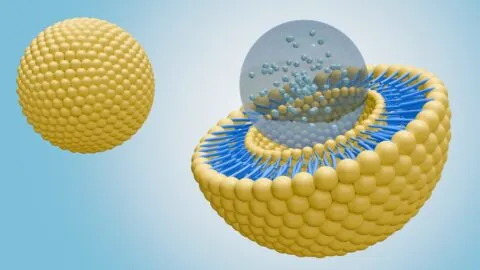June 16, 2025
Researchers have investigated a never-before-used method of transfecting senescent mesenchymal stem cells (MSCs) and published their results In the Cell journal Molecular Therapy Nucleic Acids. Detergents for gene therapy Altering the genetics of a living person is much trickier than altering them in cells in a dish, and it requires entirely different approaches. One of...
February 13, 2025
Yesterday in Aging Cell, researchers published their findings that using gene therapy to overexpress a synaptic promoter increases cognitive ability in ordinary, middle-aged mice. Hevin vs. SPARC Astrocytes are general-purpose helper cells of the brain, and one of their tasks is to maintain synapse structure [1]. They secrete synapse-modifying molecules, including members of the SPARC...
January 06, 2025
In JCI Insight, researchers have explored the possibility of using gene therapy to restore a crucial protein and repair hearing loss. Hearing and its failure In mammals, afferent neurons, which originate from the inner ear, transform received stimuli (sound waves) into electrical signals [1]. This process is known as mechanoelectrical transduction, and a specific myosin,...
November 04, 2024
In a groundbreaking Nature paper, researchers have developed synthetic regulatory sequences that could prevent targeted gene therapies from having effects in unwanted cell types. More than methylation While methylation is the most well-known regulator of gene expression, it isn't the only thing that determines what is to be expressed when. Cis-regulatory elements (CREs), so called...
March 04, 2024
A new publication in iScience has described a novel way in which heart tissue can be encouraged to accept a gene therapy by using ultrasound to create cavitation bubbles. A little-known target and a new delivery vector This paper begins with a discussion of S-adenosylhomocysteine (SAH), a compound that, in excess, is associated with an...
May 08, 2023
A paper published in Aging has detailed how gene therapy has been used to treat sarcopenia in wild-type mice, and the results are positive. A lack of effective treatments As expected with papers of this kind, the researchers begin by discussing frailty and sarcopenia, the age-related loss of muscle tissue that is associated with decreased...








